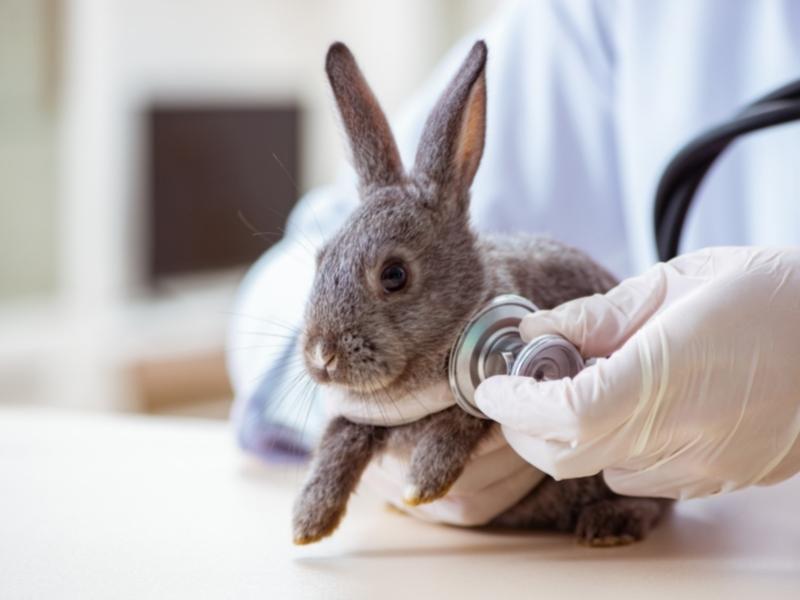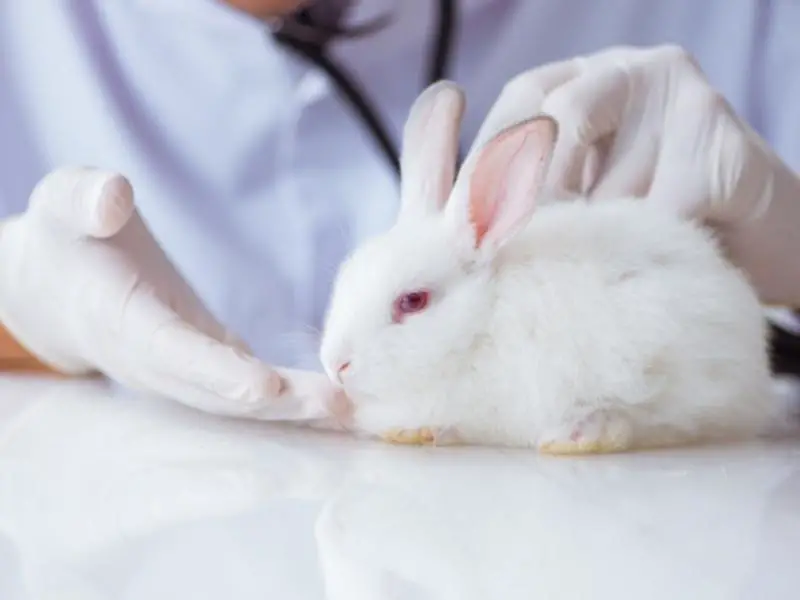Before becoming a bunny owner (or any pet owner), it’s always nice to first do some research on your new pet. You will be amazed at the interesting facts you can find. Rabbits are now domesticated, but they still have their natural instincts ingrained in them.
So, let’s start with what is a rabbit’s scientific name.
The scientific name for a rabbit is Oryctolagus Cuniculus, which includes the European rabbit species and their descendants. Rabbits belong to the order Lagomorpha (which also includes Pikas), and the mammal family Leporidae (which provides for hares). The most common names for a pet rabbit are bunny and bun.
Do you need more in-depth knowledge about rabbits and their place in the animal kingdom? Then this guide will provide you with all the information you’ll need.
Classification of a Rabbit
Rabbits (and animals) are classified using the Linnaeus Method (also known as Linnaean Taxonomy). This method was created in the 1700s by a Swedish botanist named Carolus Linnaeus.
The Linnaeus Method groups animals together by looking at their differences and similarities.
The scientific name for a rabbit is Oryctolagus Cuniculus. Rabbits belong to the order Lagomorpha, which comes from the Greek word logos (hare) + morphē (form), which means hare-shaped.
Based on the Linnaeus Method, let’s take a brief look at the hierarchical list for domestic rabbits:
1. Kingdom: Animalia
2. Phylum: Chordata
3. Class: Mammalia
4. Order: Lagomorpha
5. Family: Leporidae
6. Genus: Lepus
7. Species: Oryctolagus cuniculus
Your bun is a vertebrate, which means they have a backbone. Here’s a list of some other vertebrates found in the animal kingdom:
- Fish
- Birds
- Reptiles
- Mammals
- Amphibians
Rabbits fall under the viviparous mammals group (they give birth to live young). Kits (baby rabbits) develop with a placenta in the doe’s (female rabbit) womb. Here is a list of other viviparous mammals:
- Horses
- Deer
- Cats
- Dogs
Did you know? Sharks, snakes, and aphids also give birth to live young. However, they aren’t mammals.
Characteristics of Rabbits

Your floppy-eared friend is part of the class of Mammalia (mammals), and they are small, fast, and skittish prey animals. Here’s a look at what characteristics make your rabbit a mammal:
- Warm-blooded with a backbone
- Sweats through sweat glands
- Produces milk to feed their young
- Gives birth to live young
Your bun is part of the same general classification (mammals) as cats, dogs, tigers, elephants, and even humans. All of these mammals have similarities and differences.
Let’s take a closer look at some of the similarities and differences between domestic rabbits, hares, and wild rabbits:
Physical Characteristics
Domestic rabbits, wild rabbits, and hares have fur covering their bodies. They produce milk for their kits (baby rabbits) through specialized glands known as mammary glands.
Hares are bigger than domestic and wild rabbits, as they have longer ears and more muscular hind legs.
Domestic rabbits come in various sizes, and their fur is different colors. Hares and wild rabbits are typically brown to help them camouflage in the wild (which helps protects them from predators).
Temperament
Domestic rabbits, wild rabbits, and hares are all prey animals, and therefore, they’re all reasonably skittish.
Wild rabbits and hares will stay away from humans, whereas domestic rabbits are more comfortable around humans. They’ll even approach humans to receive treats or petting.
Food
Domestic rabbits, wild rabbits, and hares are all herbivores (they eat plants), and their primary food source is dry or green grasses.
Wild rabbits’ and hares’ diet consists of grass, leaves, and stems. Domestic rabbits have a balanced diet of Timothy grass hay, leafy green vegetables and fruit, and pellets.
Rabbit Fun Facts
Rabbits are fuzzy and cute and often misunderstood. These animals have some fascinating and fun facts about them.
So let’s take a look at some random and fun facts about rabbits:
1. The Old World Rabbit, also known as the European rabbit, is the ancestor of domestic rabbits. This species has over 80 varieties (and 305 recognized breeds globally), from the Netherland Dwarf rabbit to the Flemish Giant rabbit.
2. The Eastern Cottontail rabbit is a New World Cottontail rabbit, the most common rabbit species in North America. These rabbits can evade predators by hopping up to 18 miles an hour.
3. Rabbits may seem like quiet animals, but they can scream loudly when hurt or scared. They also thump the ground loudly to warn other rabbits of danger (or to let you know they are angry).
4. Your floppy-eared friend sleeps (mostly) with their eyes open. Rabbits have a nictitating membrane (inner eyelid) that keeps their eyes lubricated and allows their brains to receive information from their eyes still.
5. Rabbits have open-rooted teeth, which means their teeth never stop growing. That’s why rabbits need to chew on hay and wooden objects to keep their teeth filed down.
6. Rabbits are often associated with eating carrots, like the famous Looney Tunes character, Bugs Bunny. Carrots are, in fact, not a part of a rabbit’s natural diet and can cause an upset stomach. So feed carrot treats sparingly.
7. Rabbits are very intelligent animals, and you can teach them tricks like jumping, turning around, and fetching objects.
What Is a Female Rabbit Called?
A female rabbit is called a doe, while a male rabbit is called a buck.
Are Rabbits Rodents?
Rabbits (and hares) were classified as rodents (Rodentia, which includes mice and rats) up until the early 20th century. After more research was conducted, they’re now classed under the Leporidae order and are not classed as rodents.
What Makes a Rabbit a Lagomorph?
Lagomorphs are mammals and herbivores (their diet consists of plants) that resemble rodents in many ways. Rabbits have characteristics similar to rodents, including open-rooted teeth, with a gap separating their incisors from their cheek teeth.
My Last Bunny Thoughts
Your bun is an amazing animal. When you dig deeper into the hierarchy and origin of rabbits, you’ll soon realize that these beautiful animals are very different from your average household pet (such as dogs and cats).
Their fluffy bodies have helped them survive for centuries. Understanding their place in the animal kingdom will give you a greater understanding and appreciation of these sweet, floppy-eared animals.
Related Articles:

